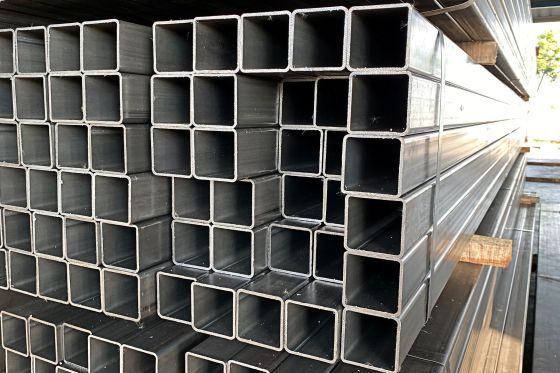When it comes to hydraulic systems, selecting the right ball valve isn’t just a detail — it’s a decision that can directly impact your system’s safety, reliability, and efficiency.
With countless options on the market, it's easy to feel overwhelmed. But choosing the wrong valve can lead to system failures, unnecessary downtime, and costly repairs.
To help you make the right choice, we’ve broken down the key factors to consider when selecting a ball valve for your application.
1. Know Your Application Needs
Before you even begin comparing product specs, take a close look at your system’s requirements.
- Pressure and Flow Ratings:
Choose a valve that’s rated to handle the maximum pressure and flow rate of your system. Underspecifying here can lead to premature wear or even dangerous system failure. - Medium Compatibility:
Different ball valves are designed to handle different types of fluids — from water and oil to corrosive chemicals. Make sure the internal components and seals are compatible with your system’s medium. - Operating Environment:
Is the valve going to be used in a marine, offshore, or high-vibration setting? Environmental factors such as temperature extremes or salt exposure may influence your selection.
2. Material Matters
The material of the ball valve plays a critical role in its longevity and performance under stress.
- Stainless Steel:
Offers superior corrosion resistance and is ideal for demanding environments like offshore, chemical, or food-grade applications. - Carbon Steel:
A cost-effective choice for general industrial applications with less corrosive exposure. - Brass or PVC:
Suitable for lighter-duty or lower-pressure systems, but typically not used in high-pressure hydraulic applications.
When in doubt, choose durability over cost. The long-term savings from fewer failures and replacements can outweigh the upfront expense.
3. Actuation: Manual vs Automated
The method of actuation will depend on how you intend to operate the valve in your system.
- Manual Valves:
Cost-effective and simple to install, manual ball valves are ideal for low-frequency or low-automation systems where direct access is easy. - Automated Valves:
Electric, pneumatic, or hydraulic actuators allow for remote control — a must for complex, large-scale, or hard-to-reach systems. These offer added safety and integration into automated workflows.
4. Reliability and Maintenance
Choose a valve that won’t let you down when it matters most.
- Ease of Maintenance:
Look for features like two-piece or three-piece designs that allow easy servicing without full system shutdown. - Leak Protection:
High-quality seats and seals ensure leak-free performance — especially important in systems handling hazardous or high-pressure media. - Proven Performance:
Stick to trusted manufacturers with a reputation for reliability in your industry. A well-tested valve is worth more than a low-cost gamble.
Why STAUFF?
At STAUFF, we offer a wide range of high-quality ball valves engineered to deliver dependable performance in the most demanding applications — from offshore rigs and rail systems to mobile hydraulics and renewable energy.
Every valve is backed by our legacy of German engineering, UK-based support, and decades of expertise in fluid power systems.
- ✅ Industry-standard compliance
- ✅ Robust designs for harsh conditions
- ✅ Full compatibility with STAUFF Connect fittings
- ✅ Expert support to guide your selection
Ready to Choose the Right Valve?
Don't leave system performance to chance.
Whether you're replacing a worn-out valve or specifying components for a brand-new installation, the right ball valve makes all the difference.
👉 Explore the full STAUFF valve range today:


Newsletter registration
Subscribe to the newsletter now and never miss new posts on the STAUFF blog again







